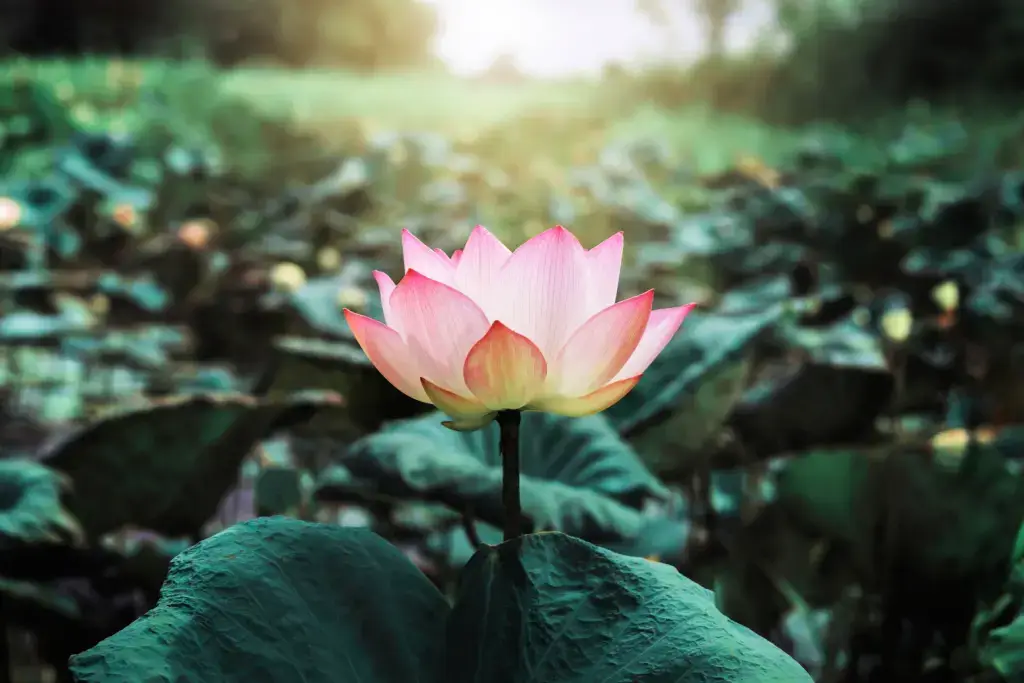Summer flowers in Japan bring vibrant colors to the country’s landscapes. From the hydrangeas to the sunflowers, these blooms adorn parks, gardens, and shrines across Japan, offering a picturesque backdrop for visitors and locals alike. Lotus flowers grace ponds and lakes near temples, while the lavender fields and morning glories add a touch of summer magic to Japan’s scenery!
Table of Contents
ToggleHydrangeas
Hydrangeas, known as ajisai in Japanese, are a beloved flower in Japan. They bloom primarily during the rainy season in June and July, symbolizing this time of year with colors ranging from white and pale blue to lavender and pink. Over 100 varieties exist in Japan today. These flowers are in parks and private gardens, and many temples are famous for their hydrangea gardens, which draw visitors during peak bloom season.
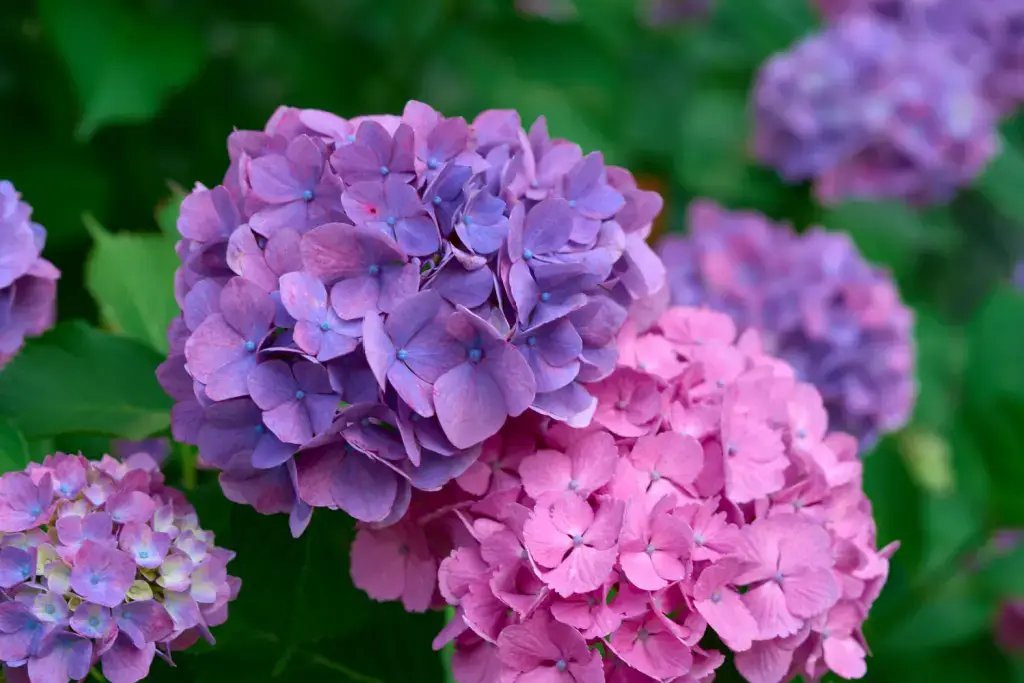
In Tokyo, popular spots to view hydrangeas include Asukayama Park, Hakusan Shrine, and Sumida Park, where thousands of flowers can be admired. The Hakone Tozan Railway offers a scenic ride through hydrangea-lined tracks, and Kamakura’s Meigetsuin Temple, also known as Ajisaidera, is filled with hydrangeas. Whether exploring parks or temple gardens, Japan offers many spots to enjoy the beauty of these flowers in full bloom.
Sunflowers
Sunflowers, or himawari in Japanese, are a popular summer flower in Japan, blooming from late July to mid-August. In Japanese culture, sunflowers symbolize hope, happiness, and longevity. Famous locations to see sunflowers include Koriyama Nunobiki Kaze-no-Kogen in Fukushima, known for its highland views with wind turbines. Other notable spots are Yamanakako Hananomiyako Park near Mount Fuji and Nagisa Park along Lake Biwa.
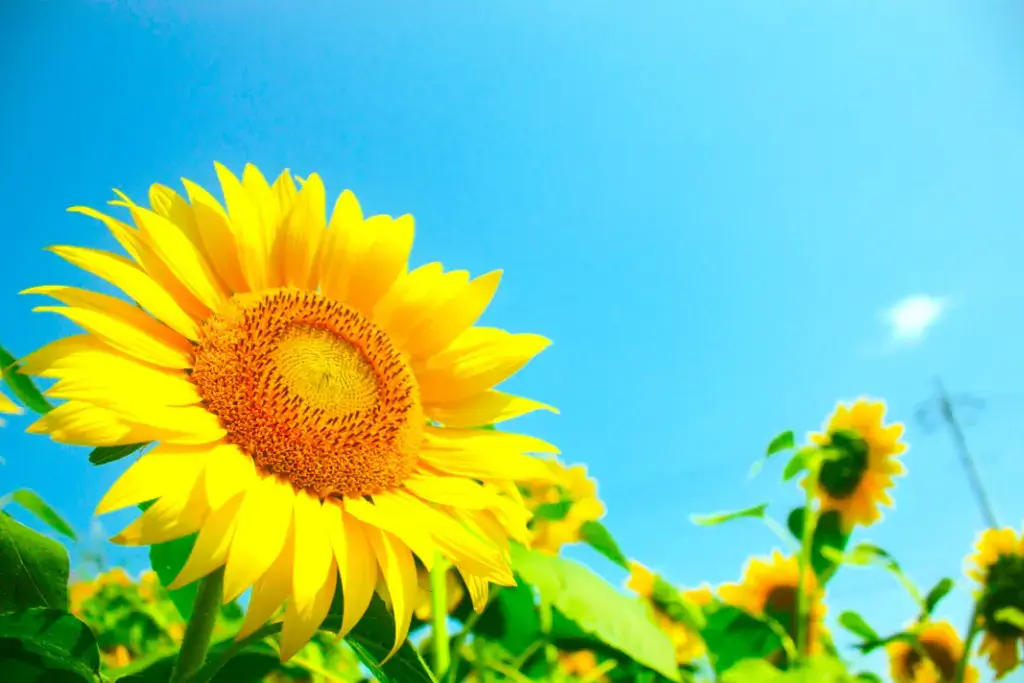
Awaji Farm Park England Hill in Hyogo offers a “Sunflower Daisakusen” festival, while Akashi Kaikyo National Government Park has over 15,000 sunflowers and various activities. Umami Kyuryo Park in Nara and Aito Marguerite Station in Shiga provide beautiful sunflower displays and additional attractions. Lastly, Ayabe Fureai Ranch in Kyoto allows visitors to enjoy sunflowers alongside farm animals and local cuisine!
Lotus
Lotuses, known as hasu in Japanese, are sacred flowers of Buddhism. They also have large round leaves and pink, red, or white petals. Moreover, these flowers grow in wetlands from mid-July to mid-August, often found in ponds and lakes near temples and shrines. Symbolizing purity, lotuses grow from muddy waters to bloom above the surface, representing spiritual enlightenment.
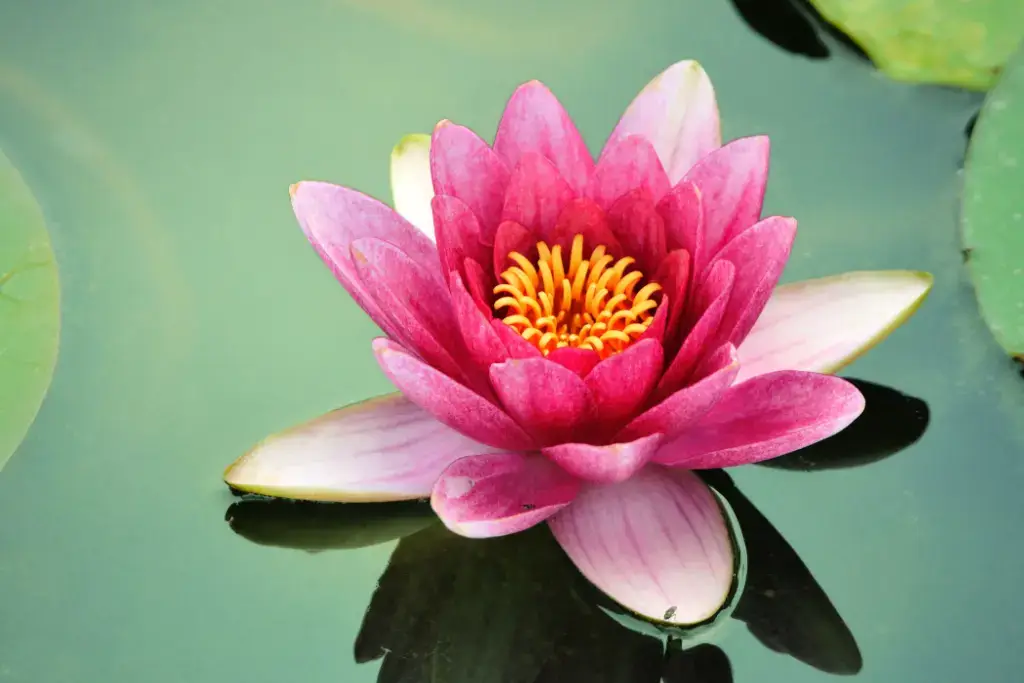
Famous spots to admire these beautiful flowers include Shinobazu Pond in Ueno Park, Tokyo, Tsurugaoka Hachimangu Shrine in Kamakura, and Hanahasu Park in Fukui, which holds a “Lotus Festival” featuring lotus-themed foods and drinks. Tsurugaoka Hachimangu Shrine and the beautiful lotus ponds of Hanahasu Park in Fukui also offer scenic settings. These locations are must-visit spots during Japan’s short lotus season!
Are you looking for amazing artisanal snacks from across Japan? Try Sakuraco! Sakuraco delivers traditional Japanese snacks, teas, sweets, and snacks from local Japanese makers directly to your door so you can enjoy the latest treats from Japan!
Lavender
Lavender thrives in Hokkaido, where it was introduced for cultivation in the 1940s. Originally an agricultural product, it became a tourist attraction, especially in the Furano region. Lavender blooms from late June to early August, drawing visitors to Farm Tomita, Lavender East, and Flower Land Kamifurano. These farms offer attractive views, cafes, shops, and unique experiences like the “Lavender Bus” rides through the fields.
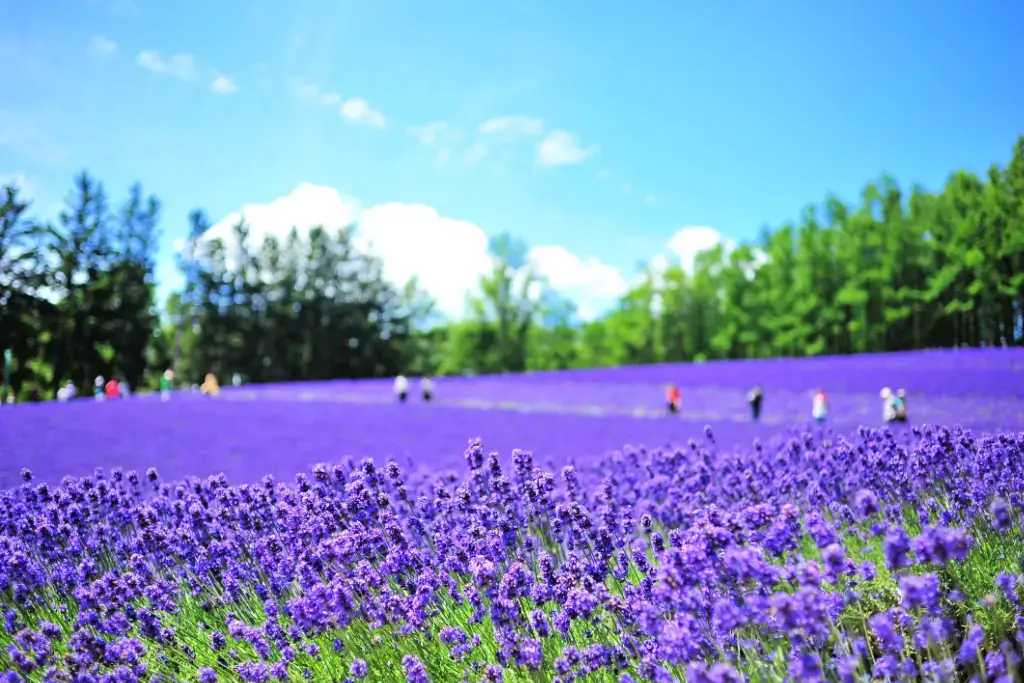
Beyond Hokkaido, visitors can enjoy the scenic Hitsujigaoka Observation Hill, where they can harvest lavender blooms. Lake Kawaguchiko in Yamanashi offers stunning views of Mount Fuji and lavender fields, particularly during the Kawaguchiko Herb Festival. These lavender destinations provide beautiful sights and unique experiences, making them must-visit spots in Japan during summer!
Morning Glory
Morning glories, known as asagao in Japanese, are summer flowers that bloom in the morning and close by noon. Popular in home gardens and pots, they help keep homes cool during the hot summer months. The love for the flower continues today with the annual Iriya Morning Glory Festival, held in July near Kishimojin Temple in Iriya, Tokyo. Visitors can enjoy over 100 morning glory stalls and various food stands here.
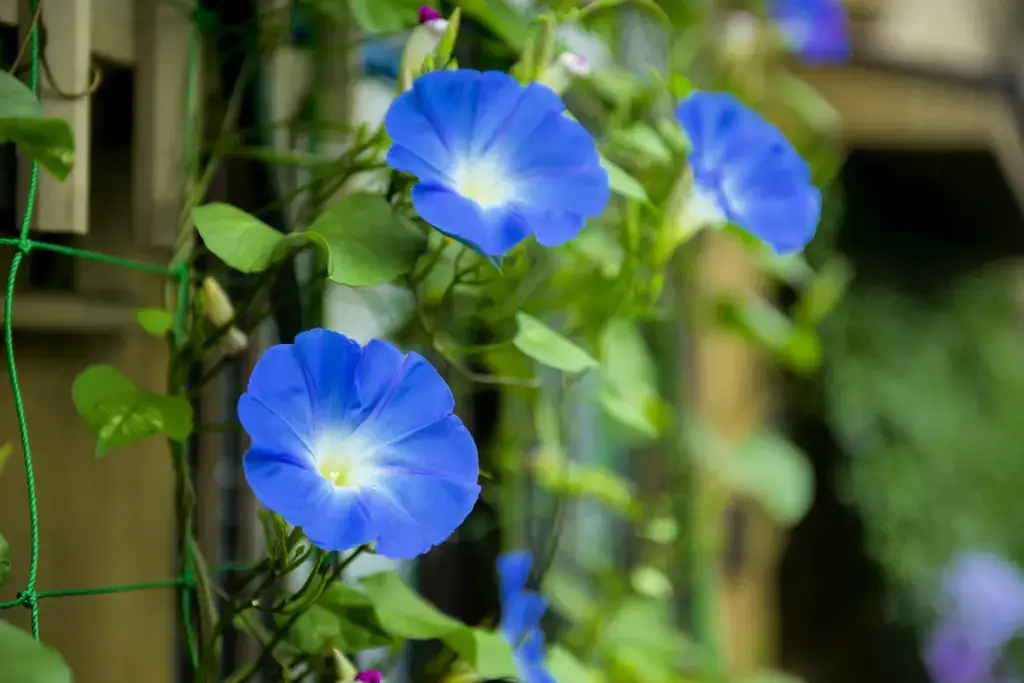
Morning glories have been a symbol of summer in Japan since they were introduced during the Nara period (710-784 CE). Initially used as a medicinal herb, their beautiful flowers became popular in Japanese gardens and art. The 19th-century boom saw the creation of many unique varieties. Today, festivals and markets celebrate the morning glory, which remains iconic in Japanese culture. This flower is also a common motif on yukata and hand towels.
Overall, Japan’s summer flowers, from vibrant hydrangeas and sunflowers to sacred lotus blooms, create picturesque landscapes and cultural experiences. Whether admiring tranquil gardens or lively festivals, these floral wonders offer unique and unforgettable encounters deeply rooted in Japanese tradition. Share your favorite summer bloom from Japan in the comments.

